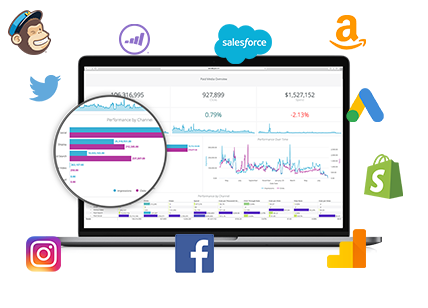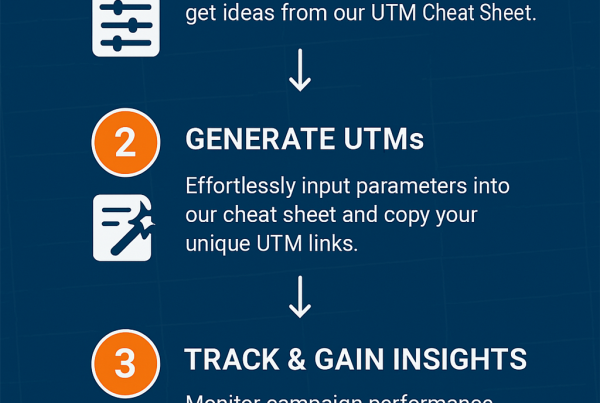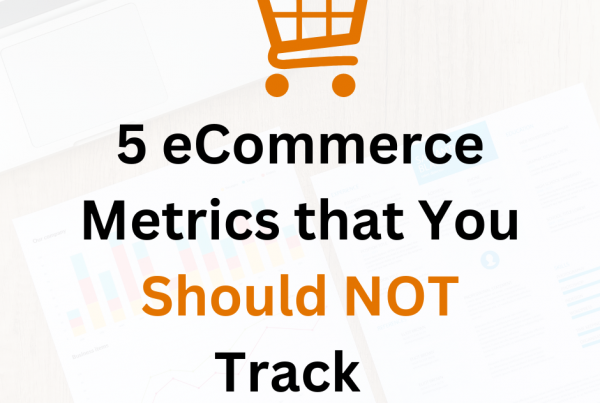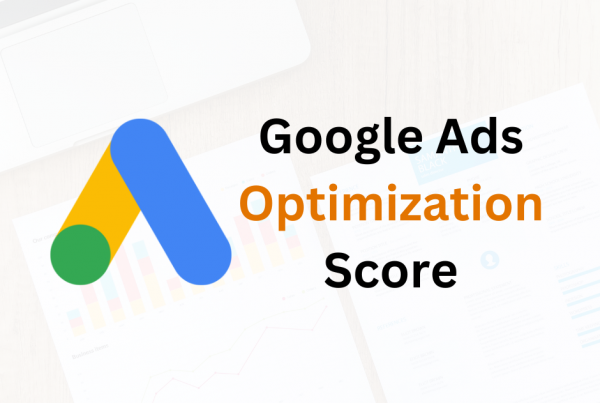What is baseline… in terms of business metrics for marketing? If your baseline is the starting or normal level of performance for your company, you can actually leverage it for marketing insights. By knowing where you stand at the outset, you can set realistic goals and monitor progress. This makes it much easier to identify any significant deviations or improvements.
Marketing strategies shouldn’t be shots in the dark. Let’s explore the different applications of using baselines that you need to implement:
- Find Your “What to do better…” Better.
- Get Real-Time Data for Seasonality
- Bigger Context, Bigger Insights
- It’s Not Apples to Apples– Keep it Relevant
- Don’t Lead Yourself Astray
1. Find Your “What to do better…” Better
You can identify trends and opportunities for improvement by observing changes in various indicators over time. Every single month for the past six months, we’ve generated about 100,000 sessions to our website. Now we know that if we’re at 120,000 sessions in a month, we’re 20% above our baseline. If we’re at 80,000 sessions, we’re below our baseline, and we need to do something about it.
Analyzing KPI changes will directly show you how effective your marketing strategies are. This basically tells you “What to do better.” It’s especially important to make these metrics adaptable, tailored directly to your company’s objectives. So, make sure the KPIs that you are monitoring and the baselines that you are comparing them to can change with your company’s evolving goals, consumers, and marketing atmosphere.
2. Get Real-Time Data for Seasonality
Take the initiative to choose how far back you want to go for your baseline. It’s not always successful to look at the last six months of performance and assume that an increase of 20% is an increase in baseline.
Consider that during the holiday season, an e-commerce company is likely going to get more traffic. In that situation, you’ll want to examine the sessions from Q4 of last year and compare the expected lift in sessions during Christmas. Now, say your new baseline is going to be 150,000 sessions, which is what you saw last year during Christmas time. If you were at the expected 100,000 sessions, you’re actually significantly below your expected baseline. This is why seasonality should be considered when looking at your baseline.
This will assess how effective your promotional strategies and retail product offerings are. Tailoring the use cases of your baseline keeps your analysis relevant to your business’ seasonality, market trends, and emerging patterns. These are best outlined on PenPath’s marketing dashboards, where you can integrate your company’s key platforms.
3. Bigger Context, Bigger Insights
Remember to zoom out to the broader context of performance. You can utilize PenPath dashboards for this. For example, a marketing dashboard could visually represent how your current social media engagement rate compares to your baseline. If you have significantly lower engagement, you’ll know to look into a better content strategy or audience targeting. This could entail allocating more budget and skill to graphic creation, LinekdIn writing, or Google Ads. Whatever floats your marketing boat!
Visualizing your KPIs against a baseline on one dashboard clearly outlines your progress and highlights areas that require change. And trust us… all companies can always change.
4. It’s Not Apples to Apples–Keep it Relevant
Get ready for big changes in your marketing atmosphere. A crucial step in employing your marketing baselines effectively is choosing metrics that can easily adapt to change. This means you’ll have to stay open to changing your baselines every now and then.
Suppose your e-commerce platform sells sandals. If you decide to open a product category in sneakers, you’ll need to update your baseline. Whether it’s the same baseline or two separate comparisons, your updated baselines need to reflect on both sandals and sneakers directly and alike. Tennis shoes and flip-flops aren’t apples to apples. Stay relevant by updating your baselines and data for accurate reference points on both.
5. Don’t Lead Yourself Astray
Email campaigns are a great reference point for this. Regularly assess how your open rates perform against your baseline. If open rates drop below the baseline, take it as a signal to revisit the text content, subject lines, or sending frequency. This type of tracking ensures you’re meeting your campaign and company goals. This way, you can course-correct and make adjustments in real-time, for more effective and efficient marketing campaigns.
Assess your platform’s marketing performance with a baseline efficiently through actionable, real-time insights on adaptable dashboards. With PenPath’s all-in-one data analytics platform, we provide the tools and expertise needed to make the most of your baseline data. Book a demo to experience it for yourself.





